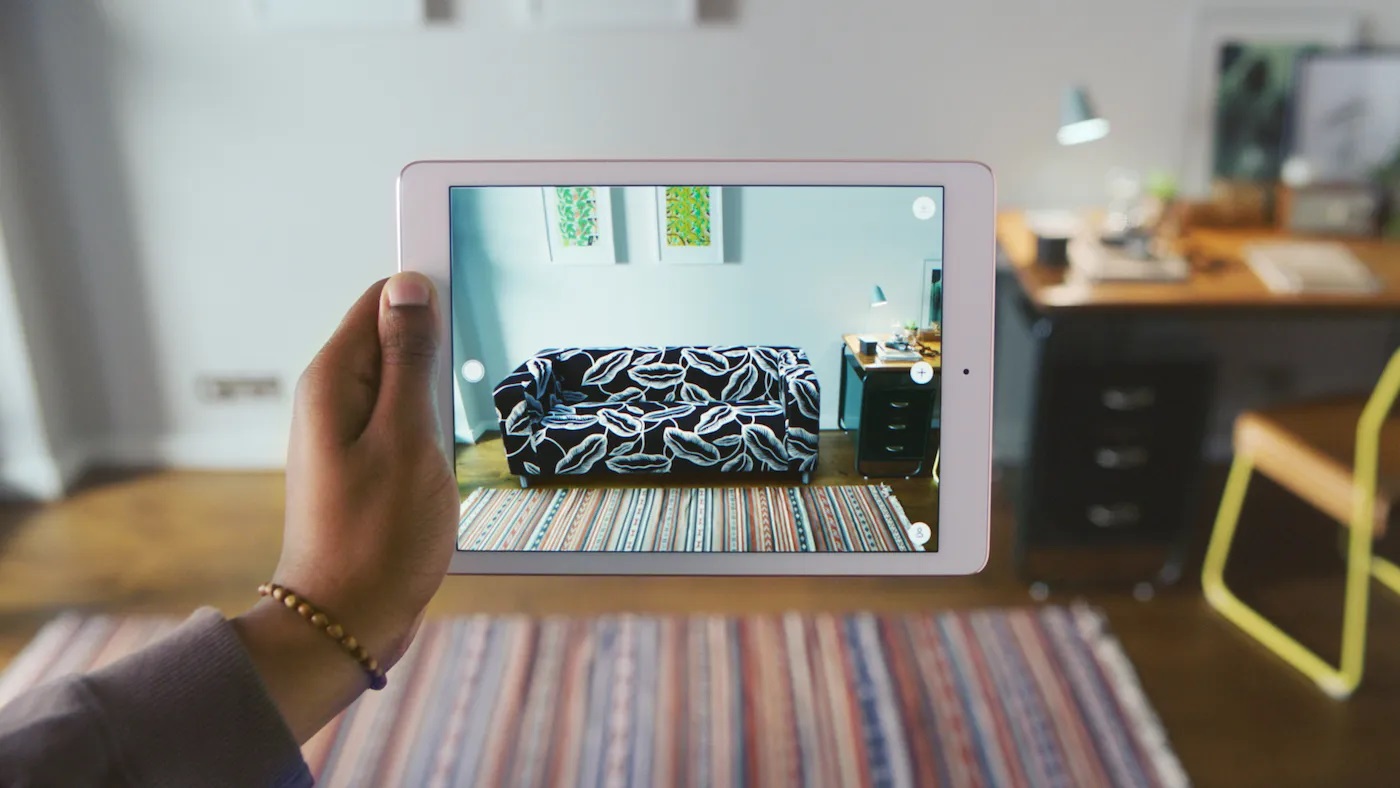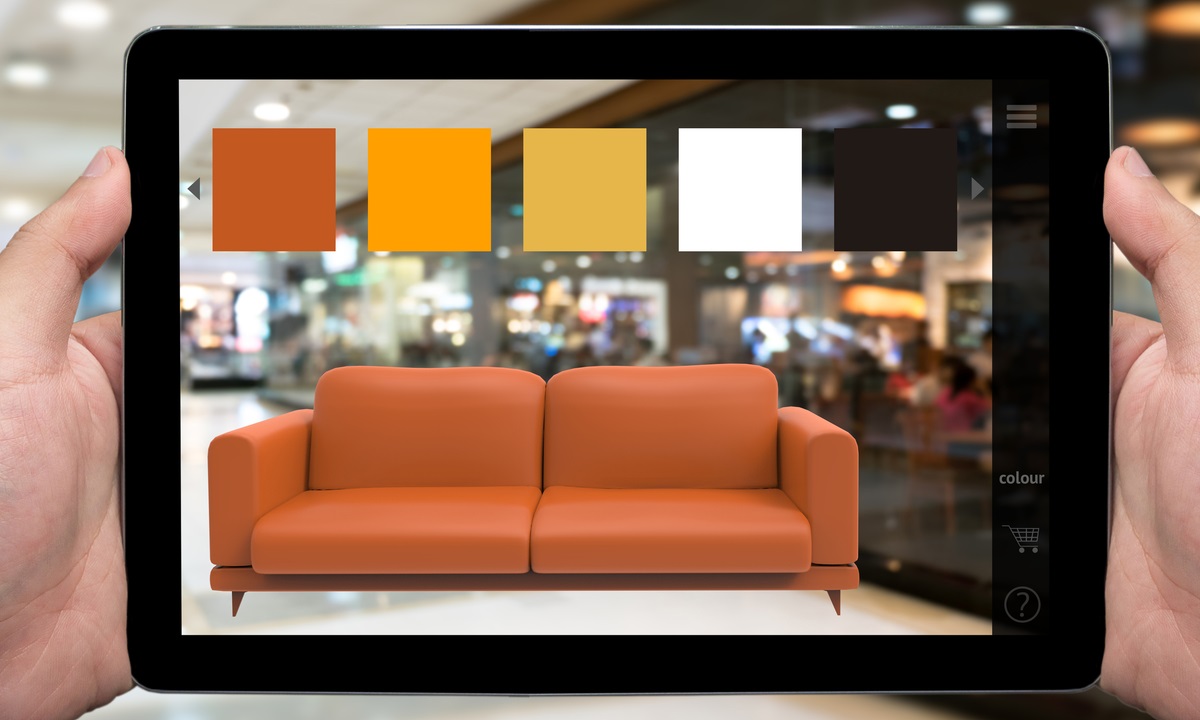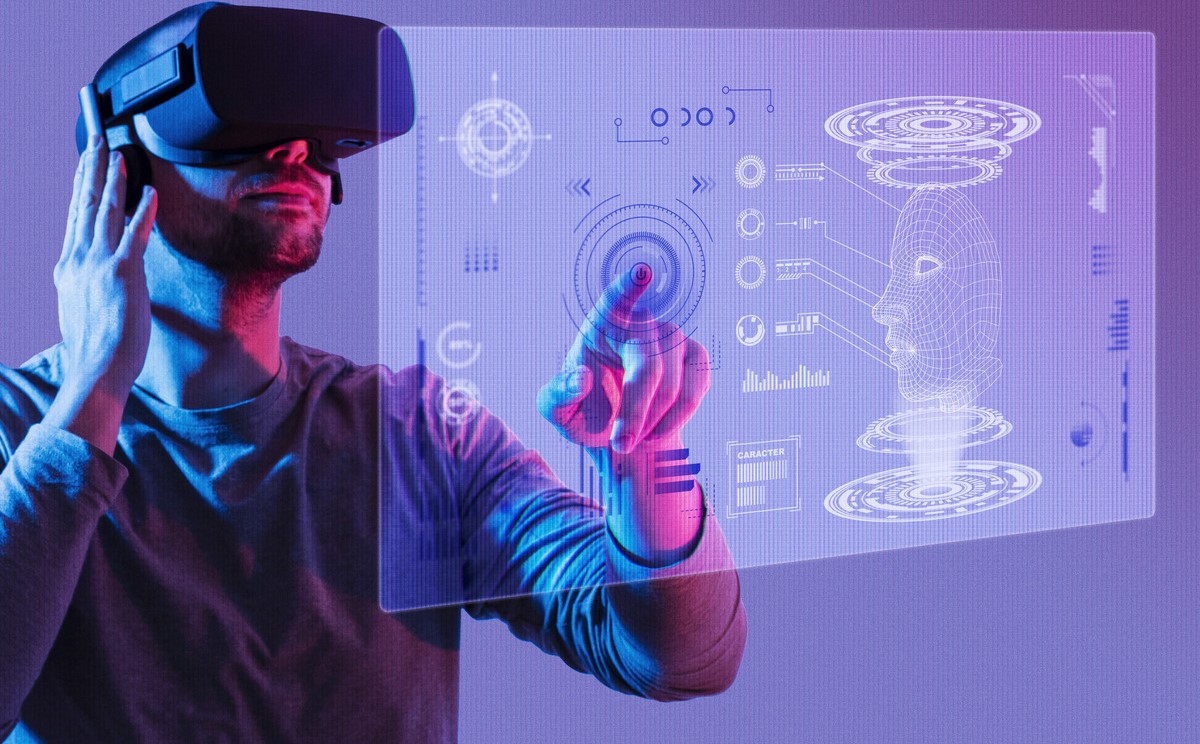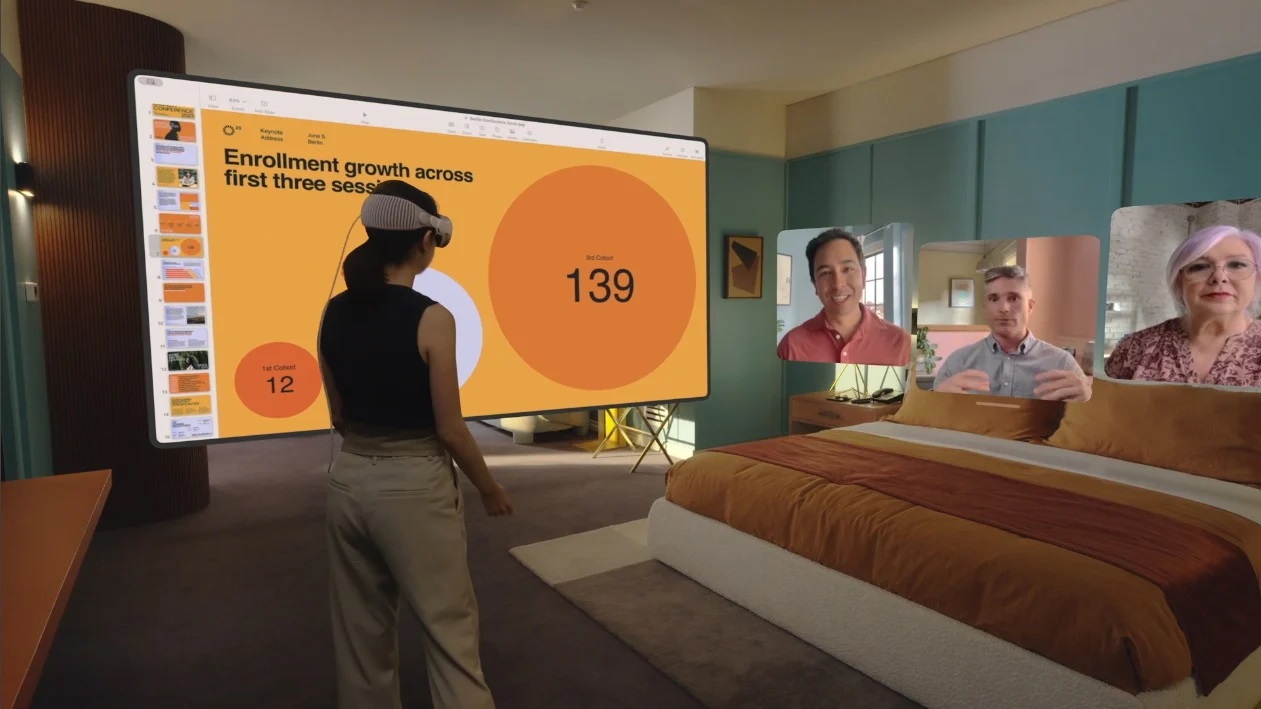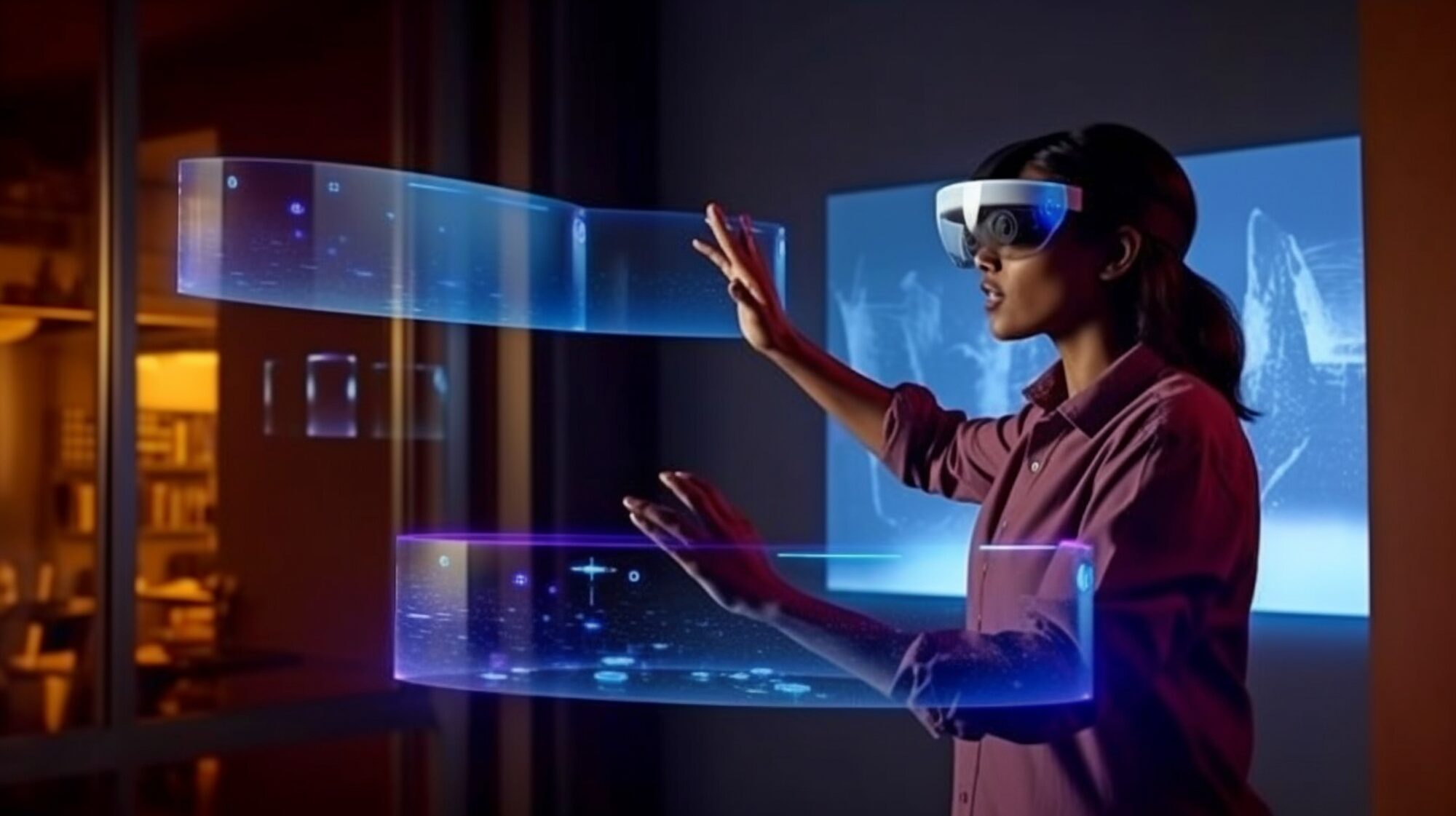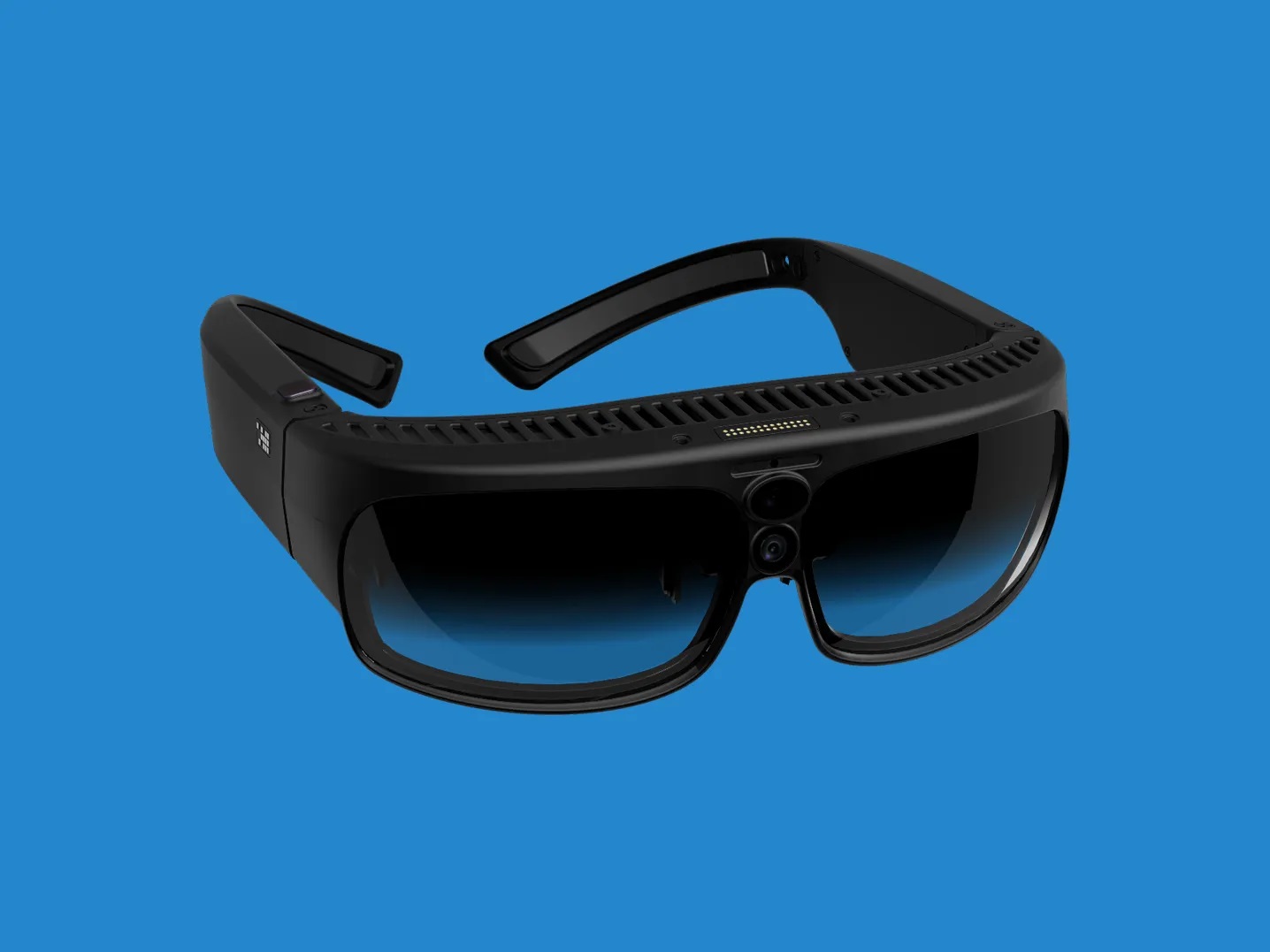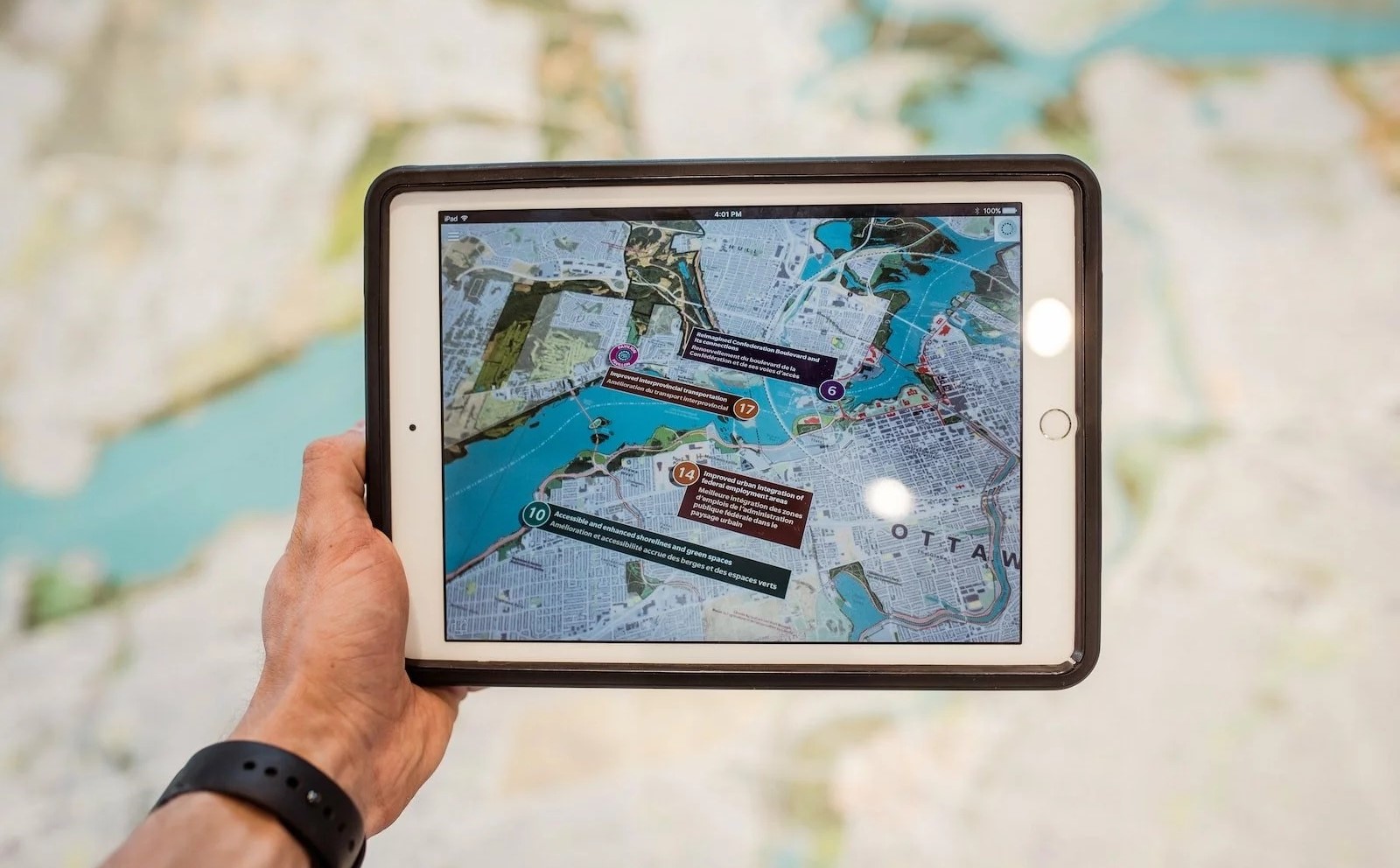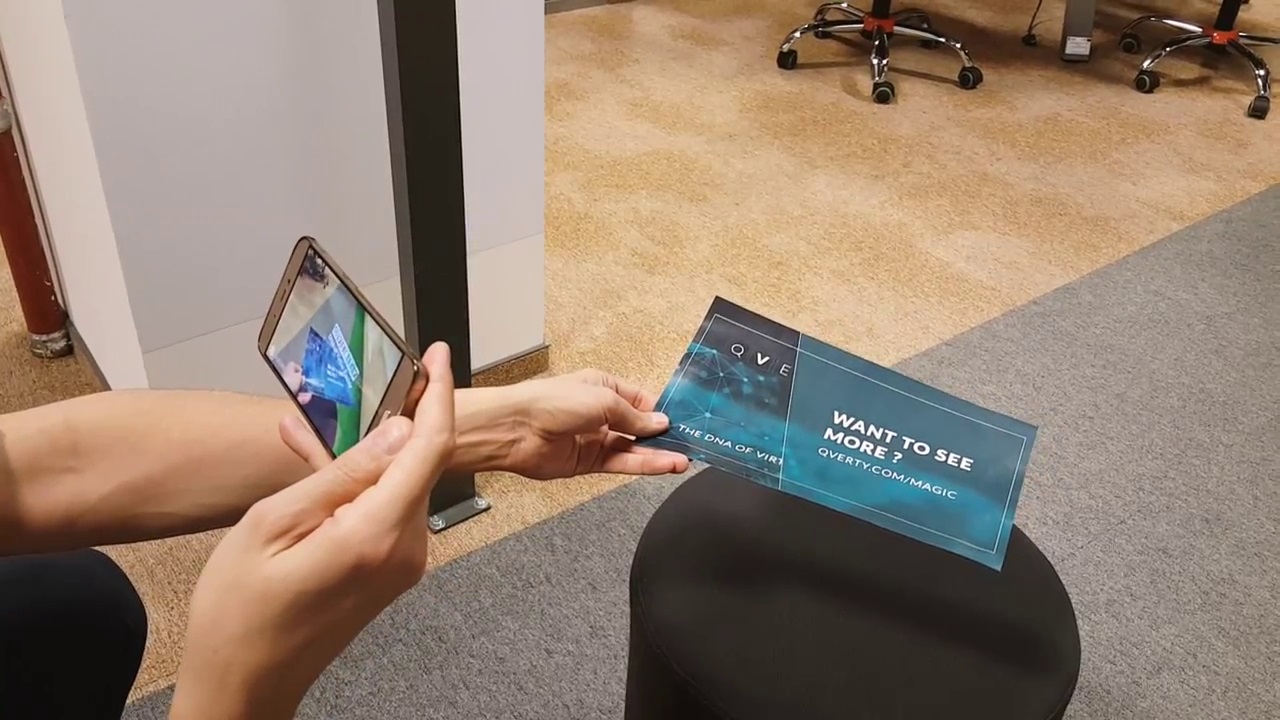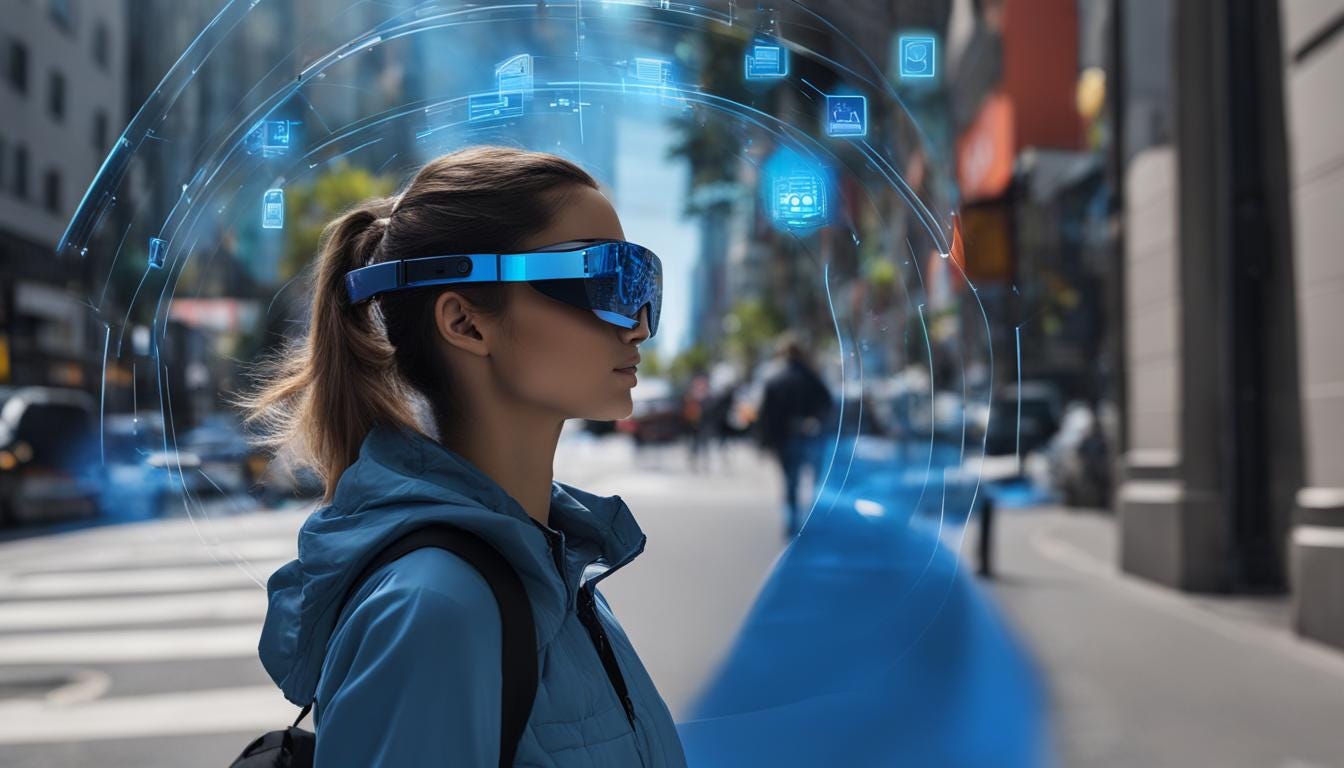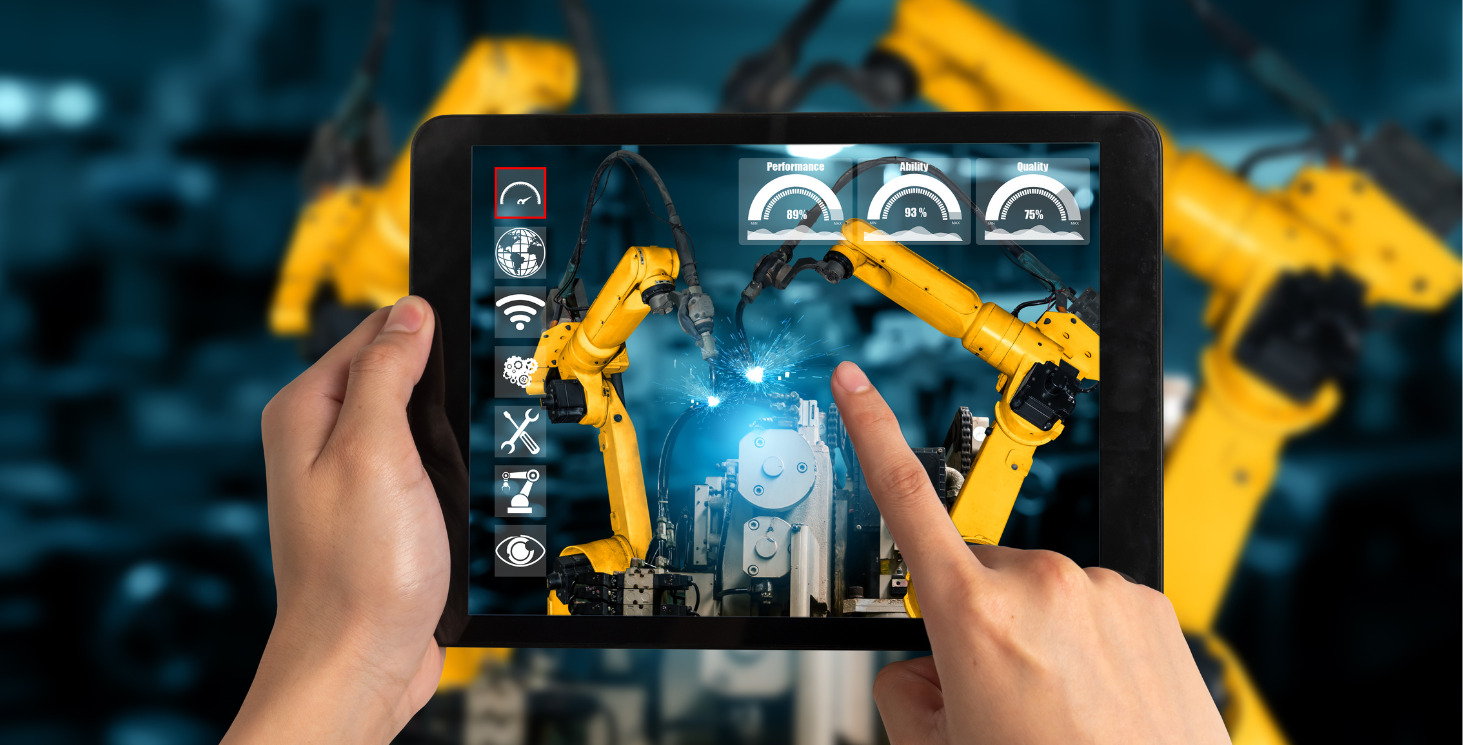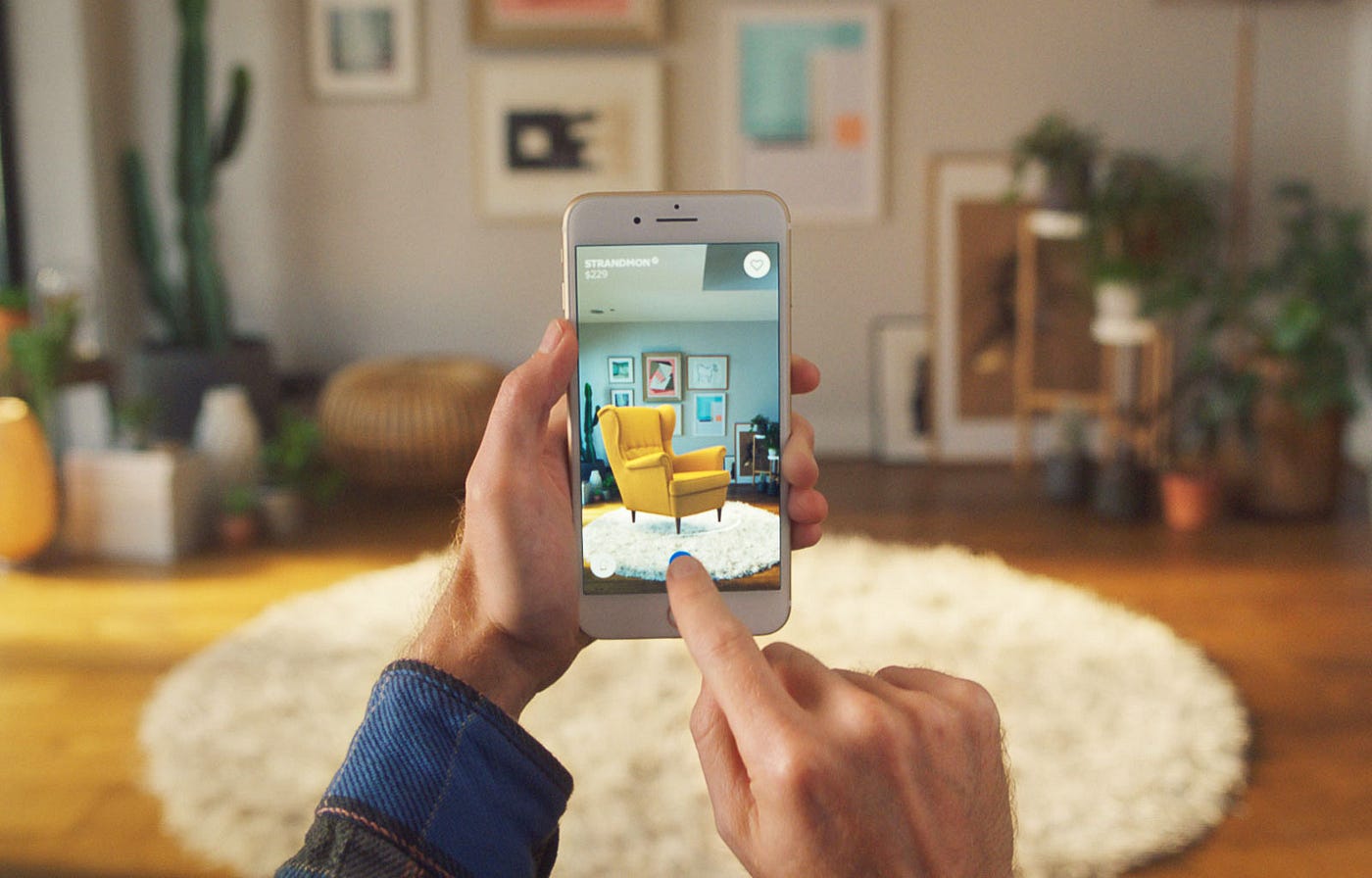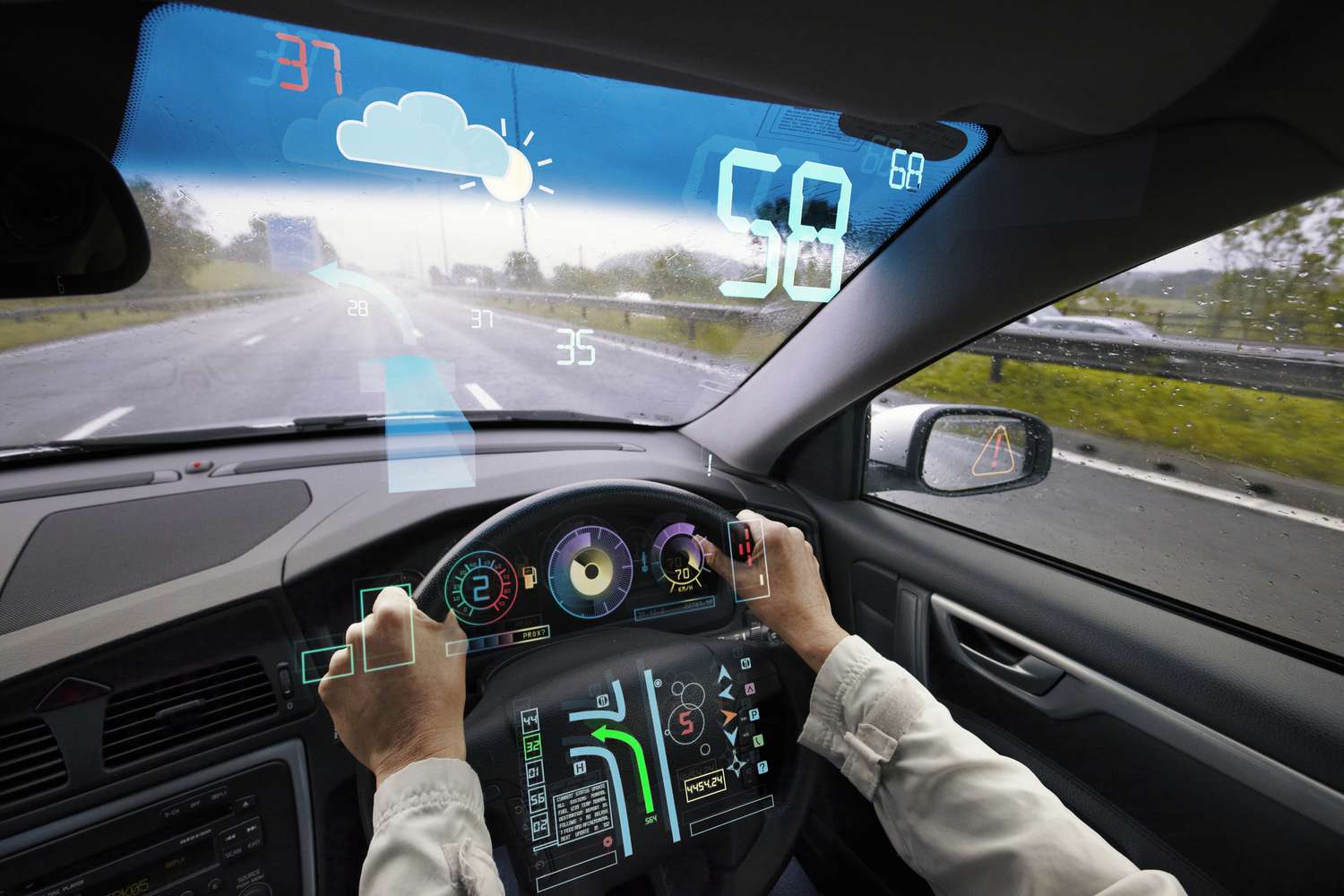Home>Latest News>Technology Trends>AR Location: Enhancing Navigation with Augmented Reality
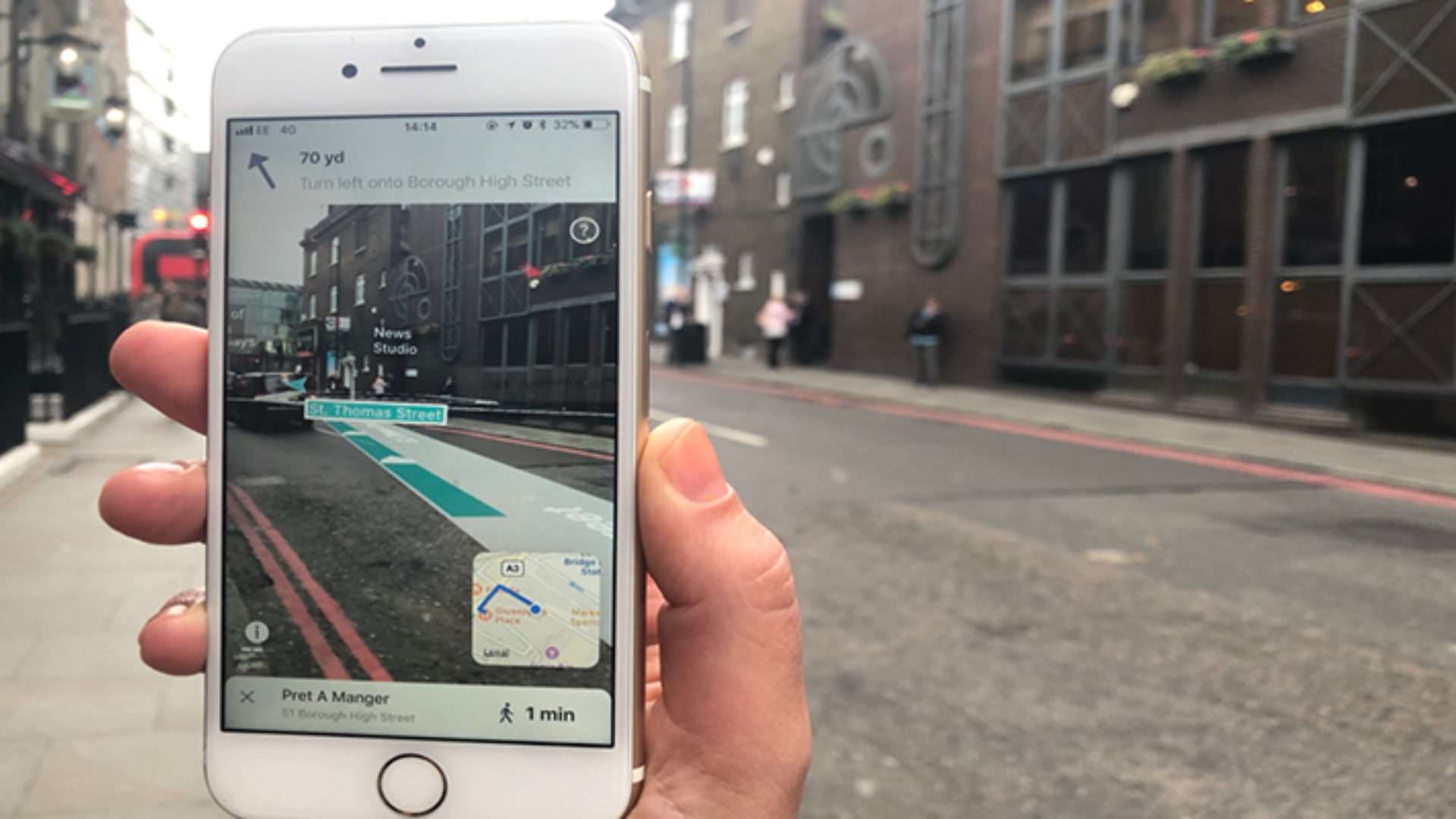

Technology Trends
AR Location: Enhancing Navigation with Augmented Reality
Modified: September 5, 2024
Discover how AR location technology is revolutionizing navigation with augmented reality. Stay ahead of the latest technology trends.
(Many of the links in this article redirect to a specific reviewed product. Your purchase of these products through affiliate links helps to generate commission for Techsplurge.com, at no extra cost. Learn more)
Table of Contents
Introduction to Augmented Reality
Augmented Reality (AR) overlays digital information onto the real world using a device's camera. This blending of physical and digital environments creates an immersive experience, making interaction with surroundings more intuitive and engaging. AR technology has rapidly evolved, with applications spanning education, healthcare, manufacturing, and entertainment.
The Role of AR in Navigation
Traditional navigation systems rely on GPS and other location-based technologies to provide directions. However, these systems often face challenges such as poor signal reception indoors or limited accuracy in complex urban settings. AR offers a powerful solution by providing real-time, location-specific information that enhances the navigation experience.
Indoor Navigation
Indoor navigation is a critical application of AR technology. In large buildings like shopping malls, hospitals, and office complexes, traditional methods can be unreliable. AR-based systems use visual odometry and inertial sensors to build maps of the environment, ensuring high precision even in areas where GPS signals are weak or absent. For instance, an AR-based campus navigation system can superimpose virtual routes onto the real environment, enhancing the user's sensory experience by providing 3D augmented information that integrates seamlessly with real buildings.
Outdoor Navigation
Outdoor navigation also benefits significantly from AR technology. While GPS provides a good starting point, AR enhances the experience by overlaying additional information such as traffic updates, road closures, and points of interest. For example, a car equipped with AR technology can display directions and local traffic information on the screen display or windshield, allowing drivers to make informed decisions without taking their eyes off the road.
Key Technologies Used in AR Navigation
Several key technologies are essential for developing effective AR navigation systems:
- Visual Odometry (VIO) State Estimation: Uses camera images to estimate the device's motion and position in real-time. Particularly useful in indoor environments where GPS signals are weak or unavailable.
- Area Learning: Involves creating a database of 3D models and other relevant information about the environment. This data generates the augmented reality content displayed to the user.
- ARCore and ARKit: Software development kits (SDKs) provided by Google and Apple, respectively, for developing AR applications. They enable developers to create AR experiences that work seamlessly across different devices and platforms.
- Unity: A popular game engine widely used for developing AR applications. It provides a robust platform for designing human-computer interaction functions and integrating various sensors and data sources to create a comprehensive AR experience.
Applications of AR Navigation
The applications of AR navigation are diverse and widespread, impacting various aspects of daily life.
Education
In educational settings, AR creates interactive learning experiences. For instance, students can use AR apps to explore historical sites or learn about complex scientific concepts in a more engaging manner.
Healthcare
In medical training, AR simulates surgical procedures, allowing students to practice their skills in a realistic environment without the risk of causing harm to real patients.
Manufacturing
In manufacturing, AR can be used for remote assistance and training. For example, technicians can use AR smart glasses to receive real-time instructions and guidance during complex tasks.
Read more: What Are AR Apps
Retail
In retail, AR enhances the shopping experience by providing customers with information about products as they browse through stores. For instance, AR can display special offers and user reviews about products, making it easier for customers to make informed purchasing decisions.
Transportation
In transportation, AR improves the driving experience by providing real-time traffic updates and navigation instructions. For example, cars equipped with AR technology can display directions and local traffic information on the screen display or windshield, helping drivers navigate through congested roads more efficiently.
Challenges and Limitations
While AR navigation offers numerous benefits, it also faces several challenges and limitations:
- Accuracy: Ensuring high accuracy in location-based information is crucial, particularly in applications where precise navigation is essential, such as in medical training or manufacturing.
- Power Consumption: AR devices often require significant processing power and battery life, which can be a concern in applications where power consumption is critical, such as in wearable devices.
- User Acceptance: The adoption of AR technology depends on user acceptance. Users must be comfortable with the idea of using AR devices and be willing to learn how to use them effectively.
- Cost: The cost of AR devices and the infrastructure required to support them can be a barrier to adoption, particularly in resource-constrained environments.
Future Developments
The future of AR navigation looks promising, with several developments on the horizon:
- Advancements in Sensor Technology: Improvements in sensor technology will enhance the accuracy and reliability of AR navigation systems. For example, advancements in visual odometry and inertial sensors will continue to improve the precision of indoor navigation.
- Integration with IoT Devices: The integration of AR with Internet of Things (IoT) devices will create a seamless and connected experience. For instance, smart doorbells equipped with cameras and microprocessors can notify users on their mobile devices when someone is at the door, providing an additional layer of security and convenience.
- WebAR Development: The development of WebAR technologies will make it easier for developers to create AR experiences that work across different platforms without the need for specialized hardware. This will democratize access to AR technology, making it more accessible to a broader audience.
- Enhanced User Experience: Future AR navigation systems will focus on enhancing the user experience through more intuitive interfaces and personalized content. For example, AR navigation systems can be designed to provide users with personalized recommendations based on their preferences and behavior.
Augmented Reality has transformed the way we navigate through various environments. By overlaying digital information onto the real world, AR enhances the navigation experience by providing real-time, accurate, and interactive information. The applications of AR navigation are diverse and widespread, impacting various aspects of daily life. While there are challenges and limitations to consider, the future of AR navigation looks promising with advancements in sensor technology, integration with IoT devices, and enhanced user experience. As technology continues to evolve, AR navigation will likely become an integral part of daily life, making navigation more efficient, convenient, and enjoyable.

